If you have ever needed to download DB2/400 data to your PC and view the data in MS Excel, as an HTML document, as a simple XML document, or just as a text file, you know how tricky this task can be. As a System i developer, I spend much of my time downloading information from the big box to the small box on my desktop. As much as I love the System i, all my best productivity tools are still on my PC. I do all my number crunching in Excel, my emailing in Outlook, my presentations in PowerPoint, and my text editing work in Edit Plus. When I need data from my DB2/400 database (which is all the time), I still jump through hoops to download the data. The basic drill is something like this: I use my handy dandy STRSQL command to select the information I need from the database. Then, after I get the SQL statement working the way I want, I change the session attributes and send the Select Output to a file. Next, I jump to my PC and open a new document in Excel and create a new database query using the Client Access ODBC driver that points to the library holding my SQL output. Finally, I select the file and download it to my Excel spreadsheet. Ta da! Isn't technology amazing?
This multi-step process can be accomplished many different ways, some easier and some harder. One could use the Client Access add-ins to pull the data, use the CPYTOIMPF command to copy the file to the IFS, or link directly to the physical files and use a third-party SQL utility. All approaches are fine, but none of them are one-step, completely free, and completely customizable with source included.
Allow me to introduce STRCGISQL. STRCGISQL is an RPG ILE Common Gateway Interface (CGI) program that communicates with the System i HTTP server to deliver real-time DB2/400 data to the Web. The program attempts to mimic the Start SQL (STRSQL) Interactive Session command by allowing the user to perform all the same Select Only functions using a Web browser. Since Web browsers are installed on most PCs, there is no need for third-party software, emulation software, or System i command-line access. The user is able to enter an SQL Select statement, press the Submit button, and get the results of the SQL returned to the browser in the form of an Excel spreadsheet, HTML, text, or XML.
How STRCGISQL Works
STRCGISQL is totally self-contained and needs no additional programs or HTML code. It generates its own HTML input forms and returns its own HTML response. This CGI program is invoked by the System i HTTP server each time a user sends a request to its URL. The request to the HTTP server contains the program parameters selected by the user in the HTML form, and these parameters define the task that the program will perform.
The first time the user requests the STRCGISQL program (with no parameters) a Start CGI SQL prompt is displayed (see Figure 1).
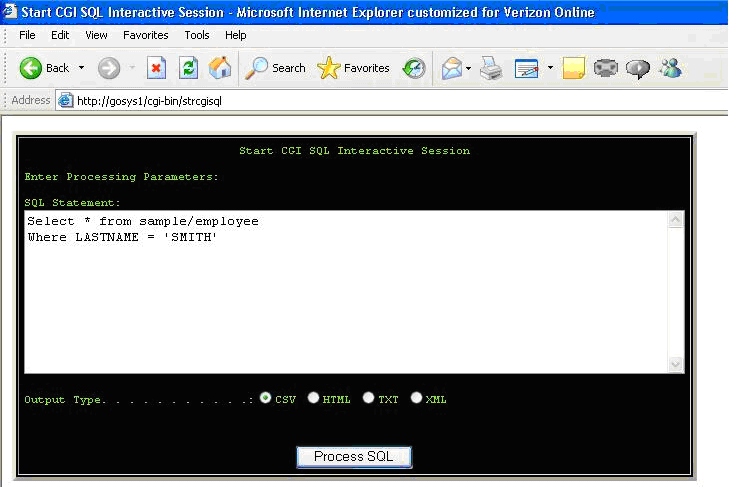
Figure 1: The first time you request the STRCGISQL program, you'll get a Start CGI SQL prompt. (Click images to enlarge.)
STRCGISQL Technical Description
STRCGISQL consists of three components: STRCGISQL (the main program module), SCS_PROTO (the source member containing prototypes), and PSCSPARM (a physical file for parsing the parameters passed to the program). All the programming logic, procedures, and functions are contained within STRCGISQL. The program has four main processing tasks: process the parameters, process the SQL statement, build the work files, and return the results.
Process the Parameters
The parameters that are passed to the STRCGISQL program are the heart of its processing. These parameters are defined by the fields in physical file PSCSPARM. The APICvtDB function (QTMHCVTDB API) parses the data from the input request buffer to an externally described data structure based on file PSCSPARM. The program then moves the data structure values to the file fields and writes a new record. If the SQLSTM parameter is *Blanks, then the SQL prompt returns to the browser. Otherwise, the SQL statement is processed.
Process the SQL Statement
Processing the SQL statement involves all the elements required to process dynamic SQL statements and is a bit more complex than writing an embedded SQL statement for an existing application. When processing the SQL statement dynamically, one never knows what the statement will contain and how the output will look. Because of this, the input requires a syntax check and the output file must be built to obtain the results on the fly.
The first step involves using the SQL PREPARE statement to dynamically prepare the SQL statement for processing. The PREPARE also flags the error (SQLCOD) if the SQL syntax is incorrect. The next step is to implement the SQL DESCRIBE statement, which obtains information that describes the SQL statement. This information loads into a data structure (SQLDA$) for use in the RPG program. The data structure contains all the field-level information that the program requires to enable it to build the output files and the SQL statement for returning the results of the SQL statement.
Build the Work Files
The STRCGISQL program loopds through the SQLDA$ data structure in subroutine BldCrtTblSQL to get the field information (names and type) and piece it together into a SQL CREATE TABLE command string. The SQL EXECUTE IMMEDIATE command executes the string and creates a new table in QTEMP called DATAOUT. The DATAOUT table possesses the exact record format required to hold the result of the SQL statement. This being the case, all that's required is a simple SQL INSERT INTO command in subroutine LoadWrkFile to load the results of the SQL statement into the DATAOUT file.
The other file created is the SQLOutput file, a flat physical file that holds the formatted result for return to the browser.
Return the Result
The result data is now safely stored in the DATAOUT file. The only thing left to do is format the data into the requested output. To accomplish this, build another SQL SELECT statement in subroutine BldxxxSelSQL (where xxx is CSV, HTM, TXT, or XML), execute the statement to insert the formatted data into the output file in subroutine LoadOutput, and send the formatted data back to the HTTP server in subroutine SndxxxOutput (where xxx is CSV, HTM, TXT, or XML).
The BldxxxSelSQL and SndxxxOutput subroutines have specific formatting controls to return the data to the Web browser as a CSV document (Figure 2), an HTML document (Figure 3), a TXT document (Figure 4), or an XML document (Figure 5).
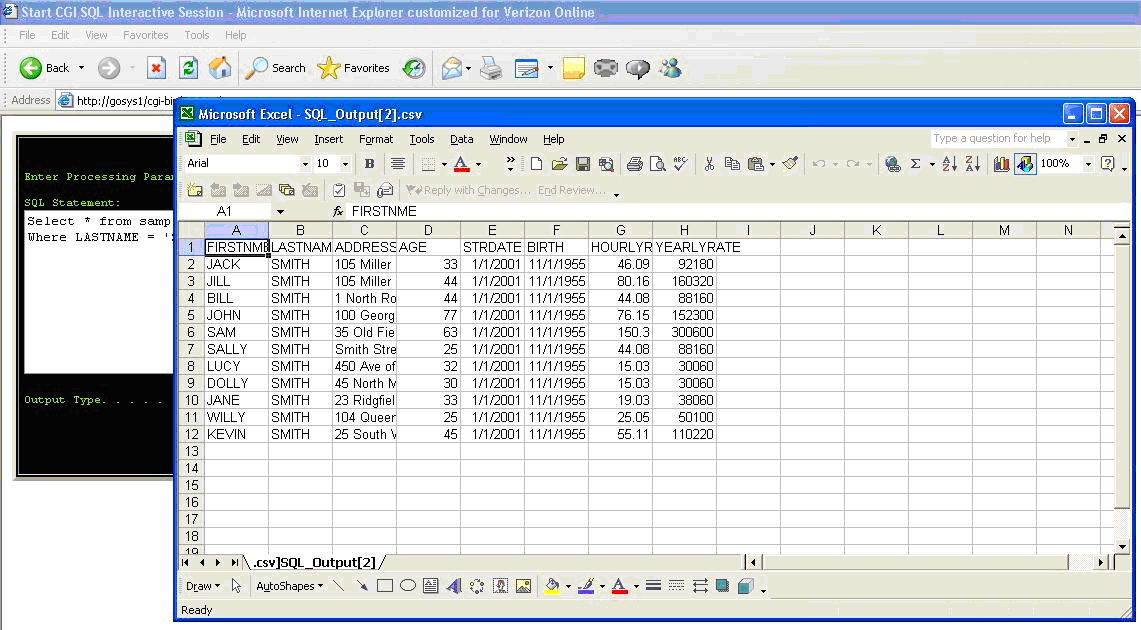
Figure 2: The data is returned as a CSV document.
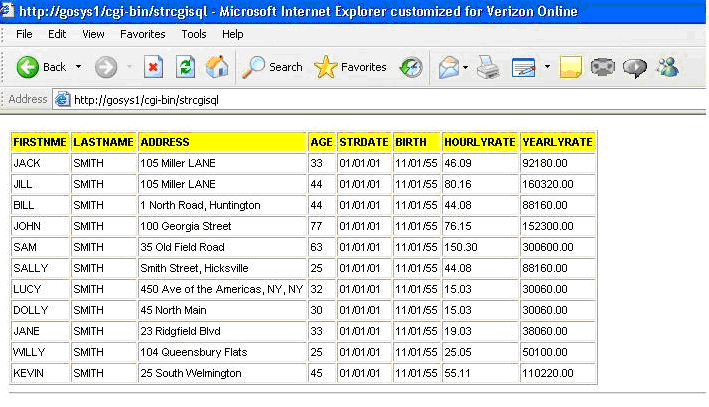
Figure 3: The data is returned as an HTML document.
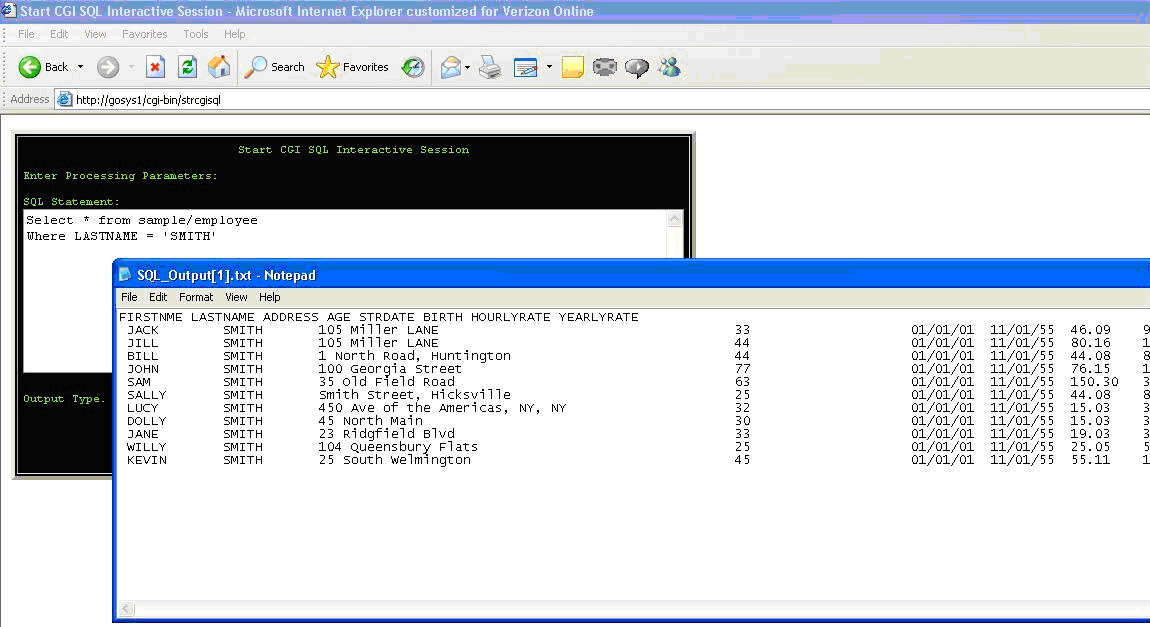
Figure 4: The data is returned as a text document.
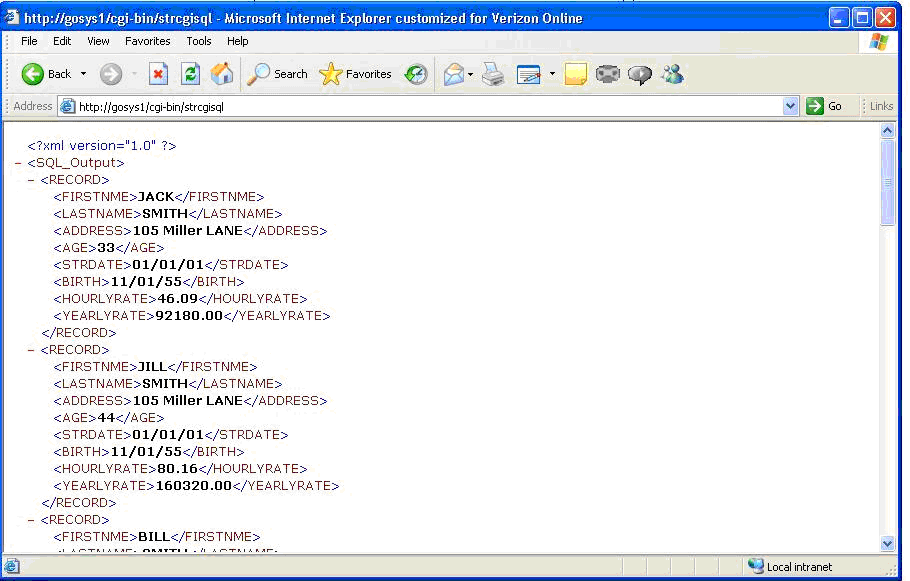
Figure 5: The data is returned as an XML document.
Easy Does It
This program was created to be easy to understand and easy to customize. It may be lacking some bells and whistles, but you can modify it. The only limitations are your imagination and time. Good luck, and use it well.
More Info about CGI programming
For more information about configuring your system to run CGI programs, go to




















 More than ever, there is a demand for IT to deliver innovation. Your IBM i has been an essential part of your business operations for years. However, your organization may struggle to maintain the current system and implement new projects. The thousands of customers we've worked with and surveyed state that expectations regarding the digital footprint and vision of the company are not aligned with the current IT environment.
More than ever, there is a demand for IT to deliver innovation. Your IBM i has been an essential part of your business operations for years. However, your organization may struggle to maintain the current system and implement new projects. The thousands of customers we've worked with and surveyed state that expectations regarding the digital footprint and vision of the company are not aligned with the current IT environment. TRY the one package that solves all your document design and printing challenges on all your platforms. Produce bar code labels, electronic forms, ad hoc reports, and RFID tags – without programming! MarkMagic is the only document design and print solution that combines report writing, WYSIWYG label and forms design, and conditional printing in one integrated product. Make sure your data survives when catastrophe hits. Request your trial now! Request Now.
TRY the one package that solves all your document design and printing challenges on all your platforms. Produce bar code labels, electronic forms, ad hoc reports, and RFID tags – without programming! MarkMagic is the only document design and print solution that combines report writing, WYSIWYG label and forms design, and conditional printing in one integrated product. Make sure your data survives when catastrophe hits. Request your trial now! Request Now. Forms of ransomware has been around for over 30 years, and with more and more organizations suffering attacks each year, it continues to endure. What has made ransomware such a durable threat and what is the best way to combat it? In order to prevent ransomware, organizations must first understand how it works.
Forms of ransomware has been around for over 30 years, and with more and more organizations suffering attacks each year, it continues to endure. What has made ransomware such a durable threat and what is the best way to combat it? In order to prevent ransomware, organizations must first understand how it works. Disaster protection is vital to every business. Yet, it often consists of patched together procedures that are prone to error. From automatic backups to data encryption to media management, Robot automates the routine (yet often complex) tasks of iSeries backup and recovery, saving you time and money and making the process safer and more reliable. Automate your backups with the Robot Backup and Recovery Solution. Key features include:
Disaster protection is vital to every business. Yet, it often consists of patched together procedures that are prone to error. From automatic backups to data encryption to media management, Robot automates the routine (yet often complex) tasks of iSeries backup and recovery, saving you time and money and making the process safer and more reliable. Automate your backups with the Robot Backup and Recovery Solution. Key features include: Business users want new applications now. Market and regulatory pressures require faster application updates and delivery into production. Your IBM i developers may be approaching retirement, and you see no sure way to fill their positions with experienced developers. In addition, you may be caught between maintaining your existing applications and the uncertainty of moving to something new.
Business users want new applications now. Market and regulatory pressures require faster application updates and delivery into production. Your IBM i developers may be approaching retirement, and you see no sure way to fill their positions with experienced developers. In addition, you may be caught between maintaining your existing applications and the uncertainty of moving to something new. IT managers hoping to find new IBM i talent are discovering that the pool of experienced RPG programmers and operators or administrators with intimate knowledge of the operating system and the applications that run on it is small. This begs the question: How will you manage the platform that supports such a big part of your business? This guide offers strategies and software suggestions to help you plan IT staffing and resources and smooth the transition after your AS/400 talent retires. Read on to learn:
IT managers hoping to find new IBM i talent are discovering that the pool of experienced RPG programmers and operators or administrators with intimate knowledge of the operating system and the applications that run on it is small. This begs the question: How will you manage the platform that supports such a big part of your business? This guide offers strategies and software suggestions to help you plan IT staffing and resources and smooth the transition after your AS/400 talent retires. Read on to learn:
LATEST COMMENTS
MC Press Online